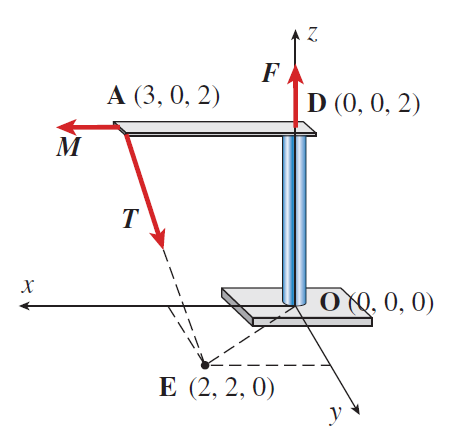An ideal gas has a pressure of 2.5 atm, a volume of 1.0 L at a temperature of 30°C. How many molecules are there in this gas?
(R = 8.31 J/mol ? K,1.00 atm = 101 kPa, NA = 6.022 × 1023)
A) 6.1 × 1023
B) 6.0 × 1022
C) 2.4 × 1022
D) 2.3 × 1023
B
You might also like to view...
Is it possible for an object to accelerate but without changing its speed?
A) Yes, for example when a car is halfway up a straight hill [a hill whose slope, or angle with the horizontal, does not change] and moving a an unchanging speed. B) Yes, for example when a car turns a corner while maintaining an unchanging speed. C) Both of the above. D) No, because the word "acceleration" means "a change in speed." E) No, because the word "acceleration" means "speeding up."
If Earth's mass somehow doubles with no change in its size, and your mass remains the same, your weight
A) also doubles. B) is quadrupled. C) remains the same.
Suppose an object whose mass is m is moving with a speed of 0.8c. Which is the correct expression for its kinetic energy?
a. K = mv2/2 b. K = ?mc2 c. K = (? ? 1)mc2 d. Answers a and c are both correct.
The resultant force vector R (in newtons) is:
Bracket ADO is acted on by forces F and T and couple M (see figure). Assume that F 5 8 N, T 5 9 N and
M 5 12 N?m. Joint coordinates are in meters.
(A) -5i + 7j + 1k
(B) -3i + 4j - 3k
(C) -6i + 5j + 4k
(D) -3i + 6j + 2k
